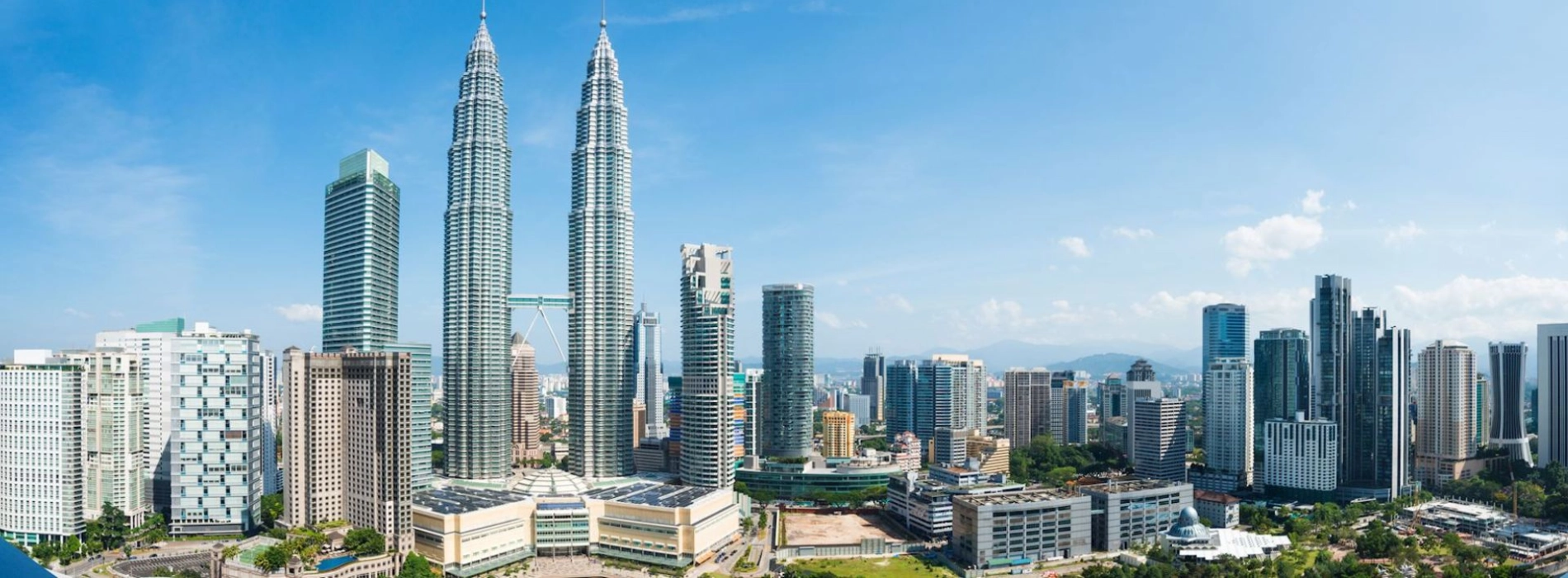
Malaysia is not only a melting pot of cultures but also a country of voices. Whether walking around Kuala Lumpur's bustling streets or in Sarawak's longhouses, you will hear an assortment of multilingual sounds that tell much about Malaysia's storied past and multicultural heritage. To understand Malaysia's languages is to have a more intimate glimpse into its people, identity, and lifestyle. Let us consider the major languages spoken across the country and why they matter.
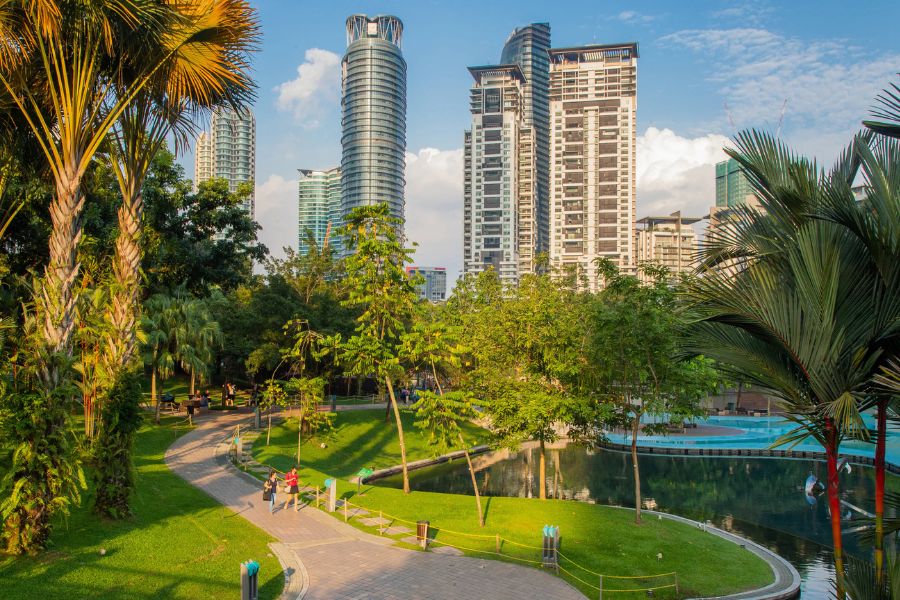
Diverse languages spoken in Malaysia (Source: Expedia)
Language is central to the education system of Malaysia, a reflection of the country's deep multicultural heritage and official unity through diversity policies of language. Bahasa Malaysia is the language of study in national schools and the foundation of public education. Malay is taught starting from the lowest classes and must be mastered in order to pass national exams and gain entry into public universities.
Being the national language, Malay is the medium of understanding among ethnic groups and is used for subjects like history, civics, and literature. English, too, is a required subject in all state and private schools. It is most prominent in urban and high-level schooling environments, where English is sometimes the language chosen for the study of science and mathematics under Malaysia's Dual Language Programme (DLP).
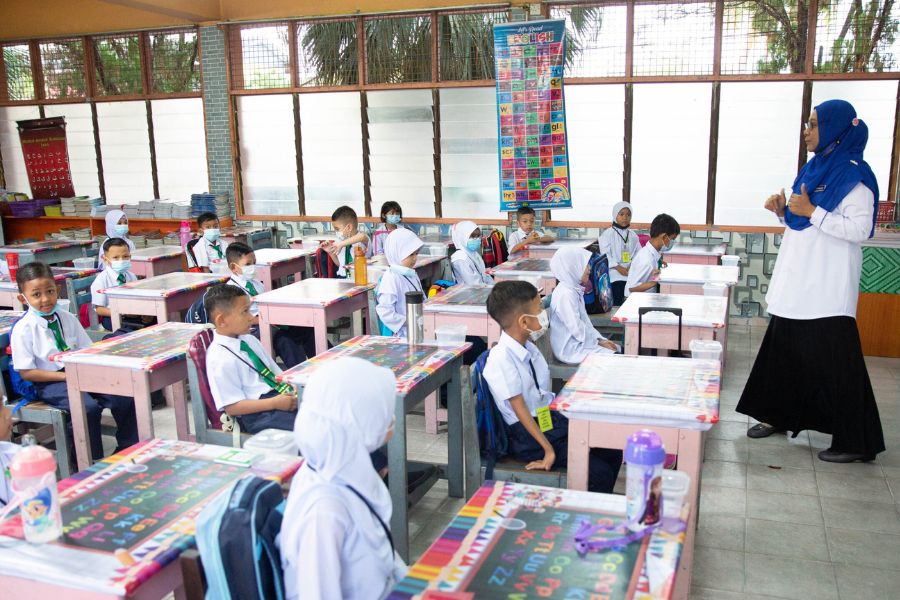
Language in Malaysian Education (Source: NewNaratif)
Do you know what is official language of Malaysia? The answer is Bahasa Malaysia, or Malay language. It is spoken by virtually all Malaysians, regardless of ethnicity, and is the national unifying language. With its Austronesian language heritage, Malay has a straightforward grammar system and is written in the Latin alphabet, making it fairly easy to learn.
Malay is the language of government, public schools, law, and national media. It's the medium of preference for announcements, signs, street names, and even most product labels. The language plays a major role in national identity and is a mandatory subject in all Malaysian schools.
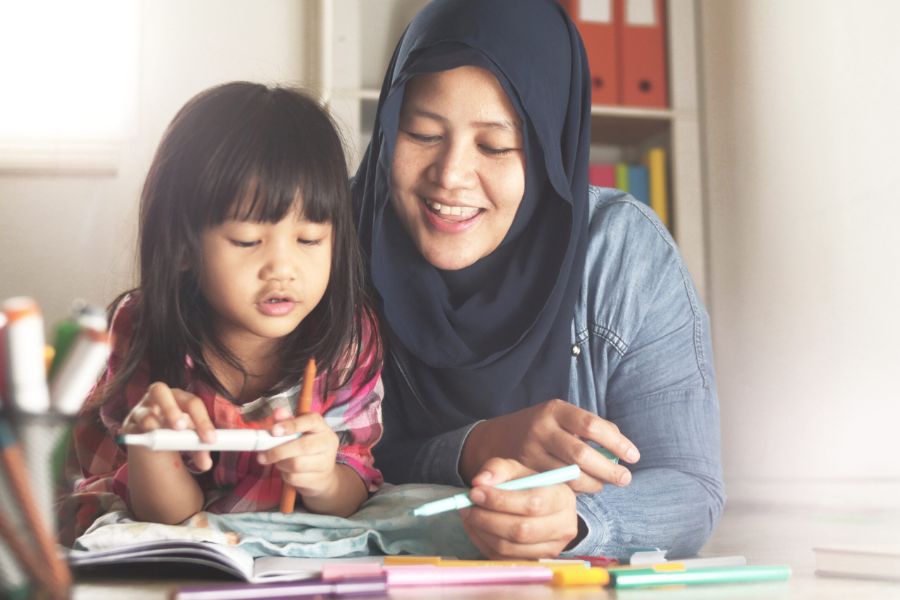
Malay is the most commonly spoken language (Source: researchreading)
Even though standard Malay is used in formal situations, colloquial forms like Bahasa Melayu, Bahasa Baku, and regional dialects (e.g., Kelantanese or Terengganu Malay) are well-liked in other states. Even basic Malay phrases can make your travels smoother and interactions warmer.
Useful expressions include:
Even though Malay is the country's national language, English is used commonly in Malaysia and plays a significant role in education, trade, and tourism. It's commonly referred to as a "second language," and proficiency levels are typically high, especially in urban and cosmopolitan areas. English in Malaysia also has its basis in its historical past as it was colonized by the British from the 18th century until 1957.
To this day, English is dominantly used by many industries:
Moreover, English is spoken by the majority of online websites, media, and online content creators in Malaysia. Urban Malaysians also code-switch between English and Malay when they speak, which is affectionately described as "Manglish" (Malaysian English), flipping between local slang and syntax and standard language.
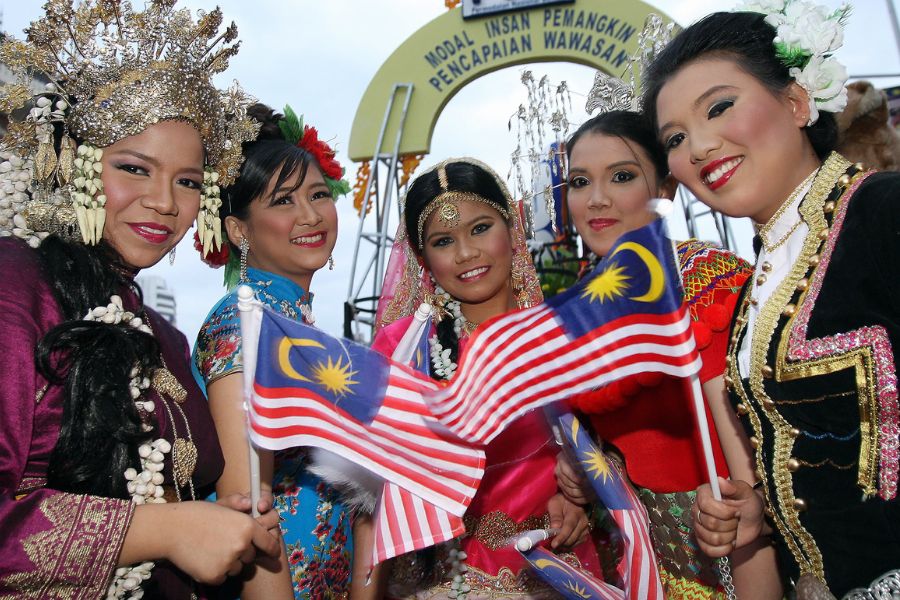
English plays many important roles in Malaysian industries (Source: HypeMalaysia)
Visitors will find it convenient to move around in Malaysia because of the abundance of English signs, dual-language menus, and locals who speak English. You can travel, dine, and shop comfortably without any language problem. But with a pinch of Malay thrown in, natives will be all the more thankful.
Malaysia has a sizable ethnic Chinese population of approximately 23% and accompanying it is a colorful diversity of Chinese dialects. As much as Mandarin Chinese is the most spoken and taught in Chinese vernacular schools, older generations still retain other dialects like Cantonese, Hokkien, Hakka, and Teochew.
Here is the distribution of Chinese languages:
These dialects are not just linguistic instruments; they are cultural markers that influence food, festivals, and business customs. For example, a visit to a Chinese temple during Lunar New Year might expose you to chanting or announcements in Hokkien or Cantonese.
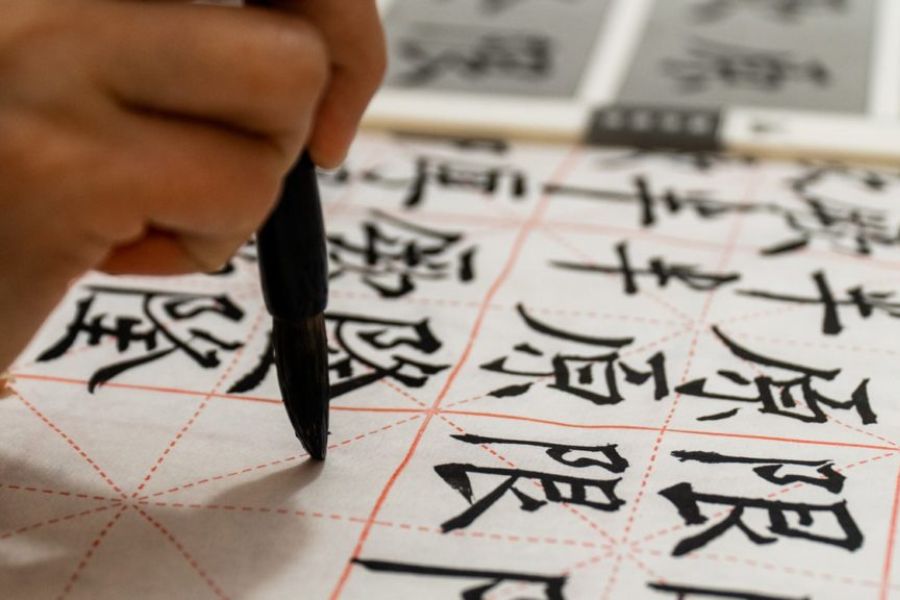
The example of Chinese Alphabet (Source: Preply)
The majority of Malaysian Chinese are trilingual, meaning that they can communicate in their dialect, Mandarin, and Malay or English. Such versatility not only reflects Malaysia's multicultural nature but also makes intergenerational and interethnic communication easy.
Read more: Why should Malaysia be on your travel list?
Approximately 7% of Malaysians are Indians, with most of them being Tamil speakers. Tamil has deep historical foundations in Malaysia as a result of Indian labor migration during the period of British colonial rule. Currently, it is the leading Indian language used in homes, schools, religious functions, and Indian media outlets.
Sekolah Jenis Kebangsaan Tamil (SJKT) or Tamil schools are national schools. They teach in Tamil as the main language of instruction and in Malay and English as subsidiary languages of instruction. Tamil is also used in Hindu temples, religious festivities like Thaipusam, and in cultural television and radio programs.
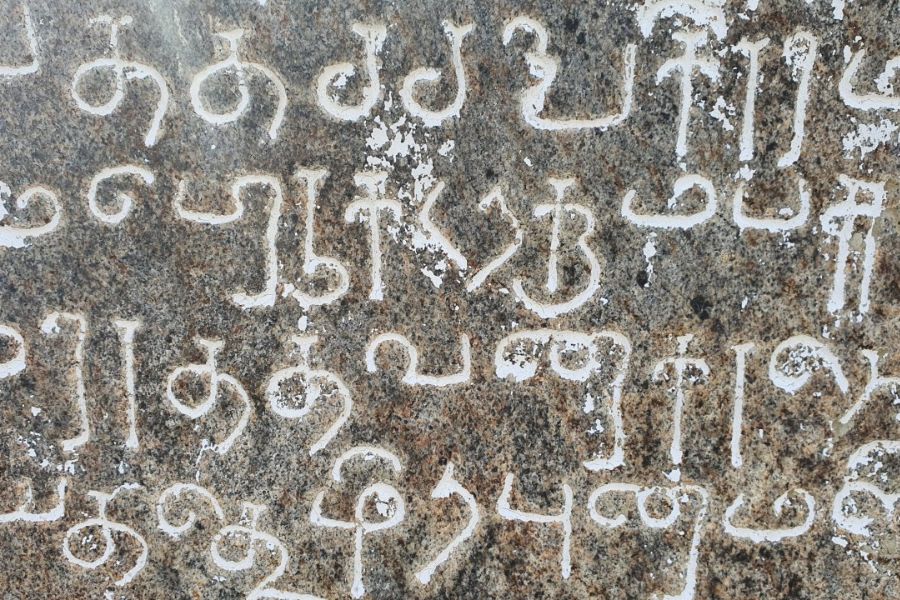
Tamil Language (Source: linkedin)
Aside from Tamil, other Indian languages spoken in Malaysia are:
Indian Malaysians tend to be multilingual, using Tamil at home, Malay in public, and English at work. This ability to switch languages is a testament to the adaptable and rich cultural life of Indian communities in Malaysia. Encouraging ventures in Indian precincts like Kuala Lumpur's Brickfields is not merely an encounter into Tamil civilization but also into one of the country's most intriguing linguistic environments.
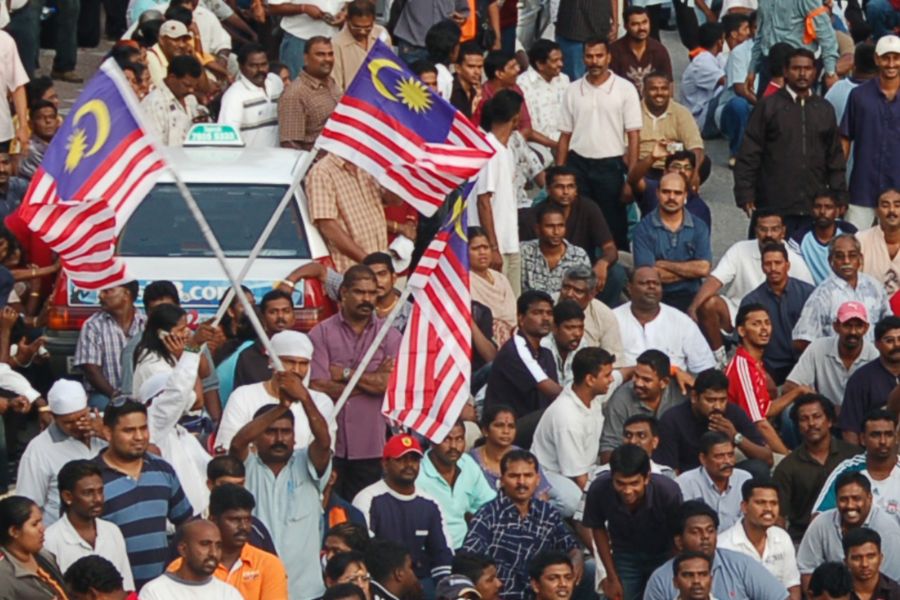
India community in Malaysia (Source: FocusMalaysia)
In East Malaysia, the Sabah and Sarawak states are home to dozens of indigenous peoples, each with its own unique language. Though these indigenous Malaysian languages are not part of the national curriculum, they are crucial to the identity and heritage of the communities speaking them.
Shared indigenous languages are:
In Peninsular Malaysia, Orang Asli individuals communicate in languages such as Temiar, Semai, and Jahai, which are part of the Aslian language group. These languages are highly localized and typically endangered due to migration as well as the spread of Malay.
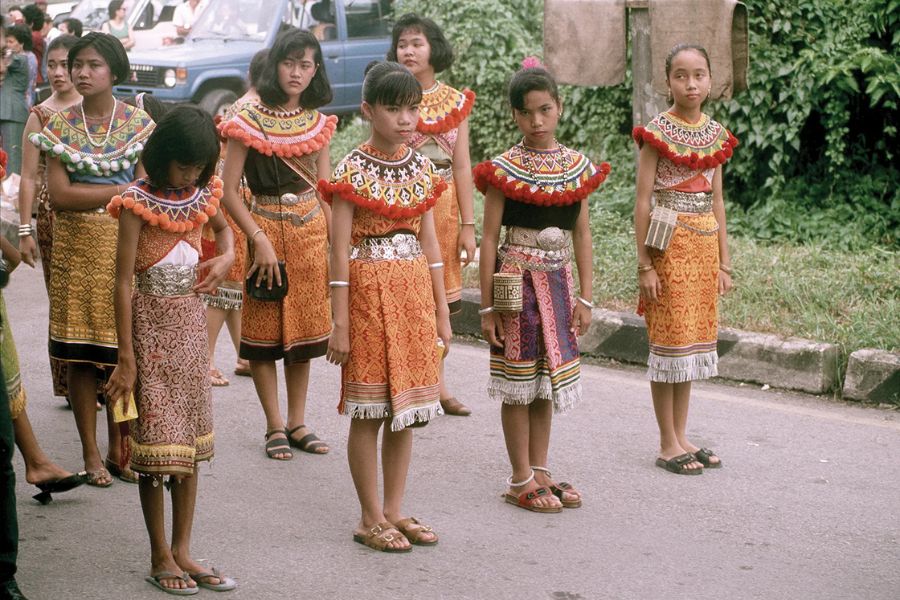
Malaysia's indigenous communities (Source: Britannica)
Efforts are being made to preserve these languages through radio broadcasts, community schools, and internet archives. In Kuching and Kota Kinabalu, for instance, you can listen to indigenous greetings during festivals or traditional ceremonies.
Even though travelers need not use these tongues to get around, a demonstration of interest in native culture through the acquisition of one or two words can create an authentic connection with hosts. Saying "Tadau Kaamatan" (harvest festival), for instance, is sure to earn a smile.

Traditional Ceremonies (Source: scv)
Malaysia is not a destination to see, it is an evolving blend of cultures and languages. Whether it is the formal Malay, the melodic rhythm of Tamil, the vibrant Hokkien of Penang, or the sing-songy syllables of Iban in Sarawak, each language forms an entry into another story, flavor, and heritage. Here at Asia King Travel, we design experiences that go deeper. Our guides speak the local languages and are well-rooted in the cultures that we offer.
Read more: FAQs about traveling to Malaysia to make your trip great